![]() How prevalent is sexual harassment and assault during fieldwork? A paper in PLOS One that grapples with this question is getting some justified attention in the press and online at the moment, and the answer is of concern to anyone who works in a field-based science like geology. In the paper, Kate Clancy and coauthors Katie Hinde, Robin Nelson and Julienne Rutherford present ‘the first systematic investigation of field site work environment and experiences, particularly as they relate to sexual harassment and assault’. The results, from interviews of more than 600 people working in 32 different field-based disciplines[1] are not pretty:
How prevalent is sexual harassment and assault during fieldwork? A paper in PLOS One that grapples with this question is getting some justified attention in the press and online at the moment, and the answer is of concern to anyone who works in a field-based science like geology. In the paper, Kate Clancy and coauthors Katie Hinde, Robin Nelson and Julienne Rutherford present ‘the first systematic investigation of field site work environment and experiences, particularly as they relate to sexual harassment and assault’. The results, from interviews of more than 600 people working in 32 different field-based disciplines[1] are not pretty:
- 64% of all survey respondents stated that they had personally experienced sexual harassment.
- Over 20% of respondents reported that they had personally experienced sexual assault.
- The primary targets of harassment and assault were women trainees[2], and they were predominantly targeted by their male superiors.
- Few respondents were aware of mechanisms to report incidents, and most who did report were unsatisfied with the outcome.
This is a difficult subject to get totally accurate data on, and the authors acknowledge there are risks of some self-selection in a study based on a voluntary survey (although this cuts both ways: they could be as many or more people choosing not to participate because their experiences were too traumatic, as were motivated to participate because of their experiences). But really, the absolute frequencies are unimportant. They are clearly a long way from being zero, and even one incident of harassment or assault is one too many. Also, whilst this might be the first attempt to systematically study this problem, there is a certain lack of surprise at the outcome which is almost as terrible as the numbers themselves.
@Allochthonous Disturbing, but completely unsurprising.
— Kim Hannula (@stressrelated) July 17, 2014
This is a serious issue. The very nature of the geosciences, where time in the field is still an essential part of earning your undergraduate degree, and many graduate degrees and later research are fundamentally tied to field work, means that career progression requires women to enter and persevere in environments where they are at measurable risk of experiencing harassment – or worse. If we wish to undo the highly-skewed-to-white-male post-PhD gender ratio in the geosciences (which is measurably worse than in many other sciences), we are not exactly presenting the safe and welcoming culture that will make it happen.
So what to do? Kate Clancy has previously listed some suggested actions, which boil down to:
- making sure that you know your institution’s sexual harassment policy and reporting mechanism, and ensure that your colleagues and students are also aware of it.
- Investigating the issue of pre fieldwork training for researchers[3].
This is a good start, but I don’t think it can end there. If our aim is to truly make the climate within our field more friendly to women and other minorities, I don’t think we can sit back and say that because there is a policy and a process for reporting and resolving complaints, we have no other responsibility. Our frontline defence against sexual harassment and assault should not be forcing people to compound the trauma and emotional damage that they have already suffered to bring people to account for their behaviour – with the additional risk of having their reputations and their future prospects in their field damaged, with no guarantee of a good outcome[4]. We can, we must, be more proactive than that. We need to attack this behaviour at its root, by making it clear upfront that it is not acceptable, that a complaint will be taken seriously, and that people who do break the code of conduct will be dealt with harshly. The latter two may require taking an uncomfortable look at our own behaviour and actions: how often are we inclined to turn a blind eye, or brush off troubling behaviour as nothing of consequence? This is a particular risk in the peculiarly intense environment of field trips, which can skew perceptions and standards of acceptable behaviour, whilst simultaneously isolating the vulnerable from their normal support network, and increasing the perceived power differential between students and mentors. Our oversight is dulled, precisely when we should be more vigilant. Perhaps that is something training can effectively address.
I don’t have any easy answers to all this, but what I do know that just as anywhere else, women working in the field have a right to feel – and be – safe and secure. Currently they are not, and the onus is on us to change that. A discussion of how to do so is already taking place within anthropology, as evidenced by this study, and in other field-based sciences like ecology. Geoscientists should be part of this important conversation too.
-
4% of the respondents identified as geologists. Overall, the survey was dominated by anthropologists, who were the original targets of the survey, and were more likely to have been reached by the authors’ recruitment efforts. ↩
-
Harassment and assault were documented for both men and women, but women were 3.5 times more likely to report having experienced sexual harassment and more than 5 times as likely to report having been assaulted. ↩
-
At least in geology, as far as I know, fieldwork risk assessments do not routinely address this particular risk, but there’s no reason it could not be added. ↩
-
For example. It’s no surprise that many people do not get to the stage of making a complaint in the first place. ↩

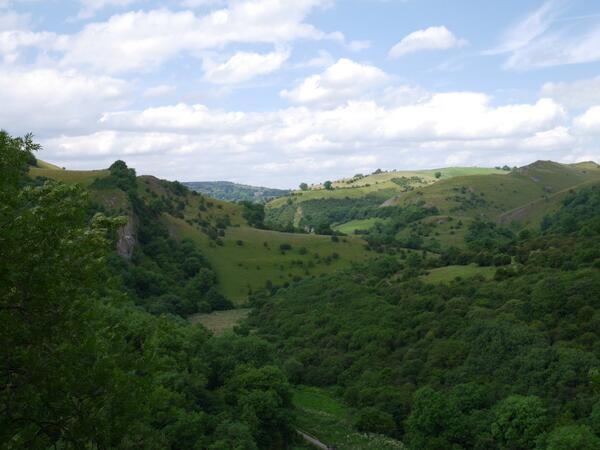
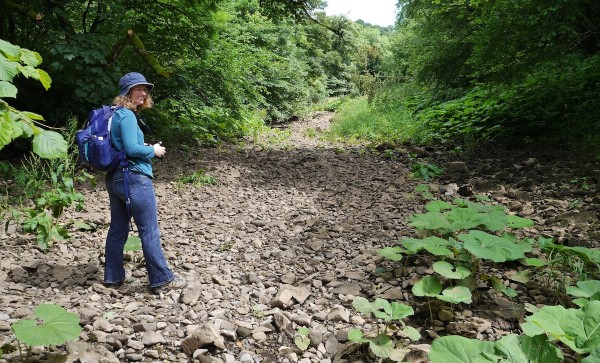
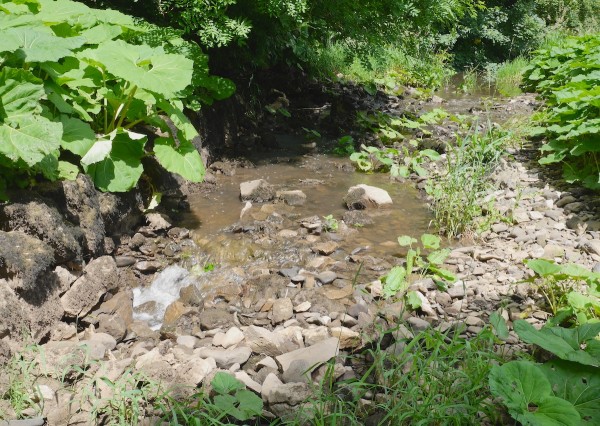




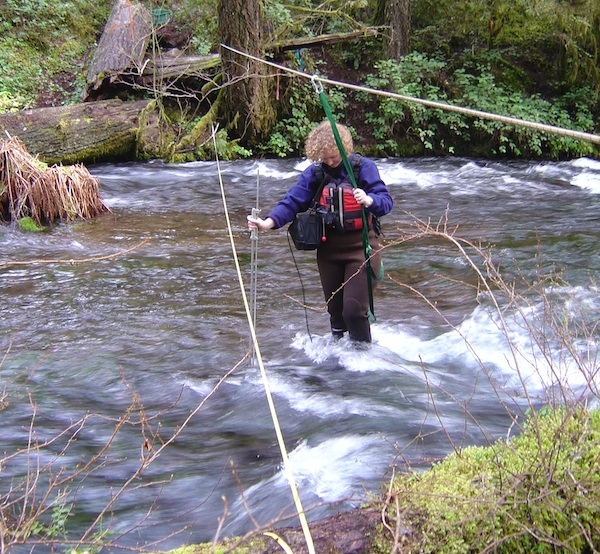

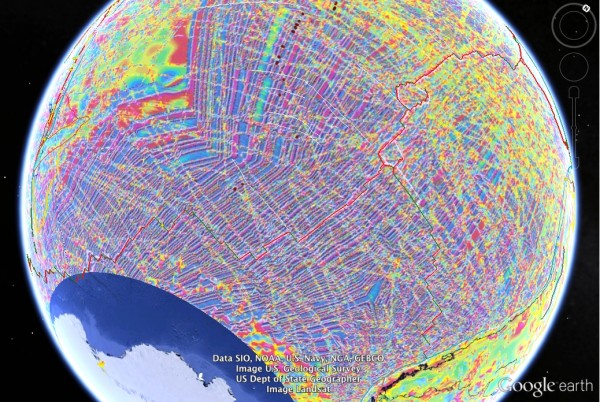
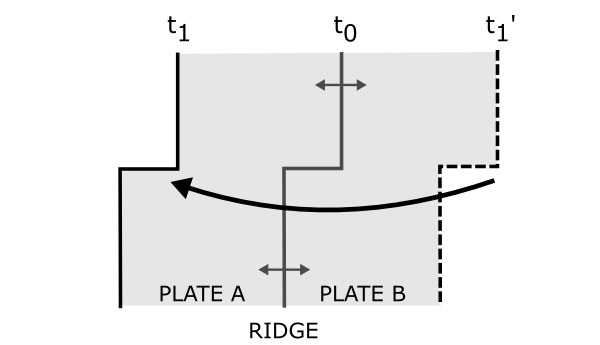
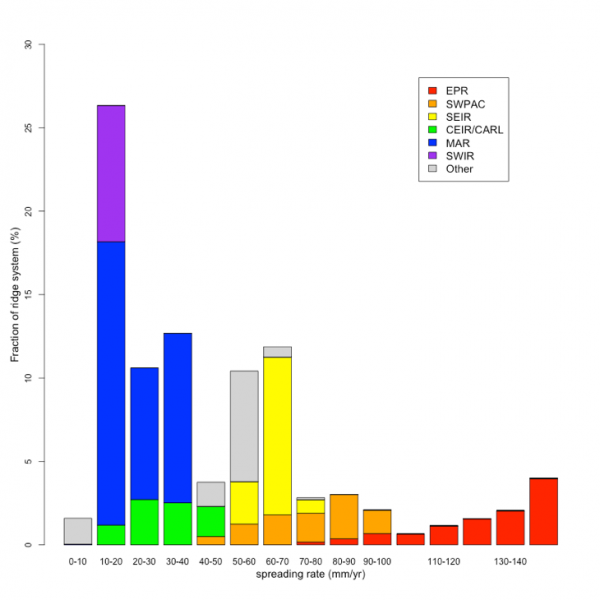
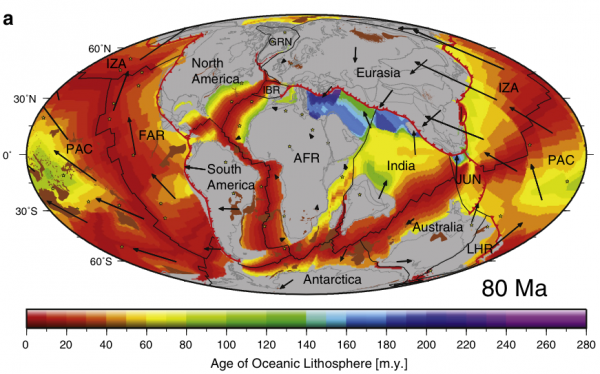
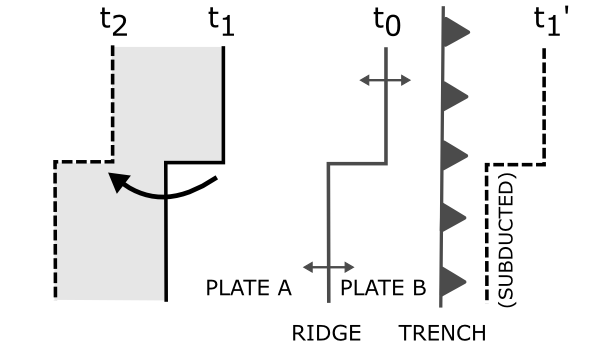
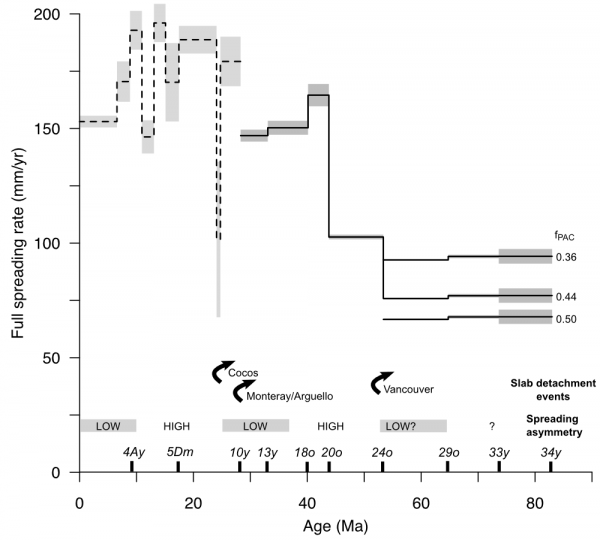


Nice plan for content warnings on Mastodon and the Fediverse. Now you need a Mastodon/Fediverse button on this blog.